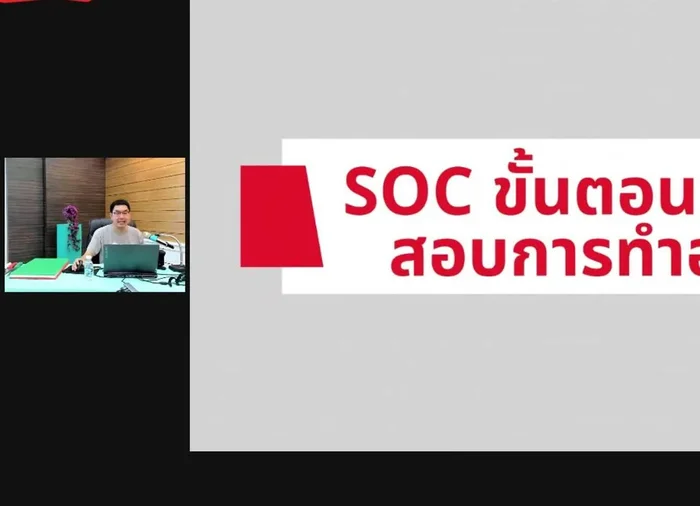Hospital meal preparation is a critical aspect of patient care, impacting recovery and overall well-being. More than just sustenance, hospital meals must meet specific dietary needs, address allergies, and maintain the highest standards of hygiene and safety. The complexities involved—from menu planning and ingredient sourcing to meticulous cooking and safe delivery—demand a highly organized and standardized approach. Effective meal preparation contributes significantly to patient satisfaction and aids in the healing process, making it a vital function within any healthcare facility.
This article delves into the intricate process of hospital meal preparation, exploring best practices and essential considerations at every stage. We will examine the crucial steps involved, from initial menu design and procurement to the final delivery of nutritious and palatable meals. To understand the exact procedures involved, let's proceed to the detailed step-by-step process outlined in the following sections.
Tools Needed
- Thai kitchen
- Chinese kitchen
- Western kitchen
- European kitchen
- Haran Kitchen
- Dishwashing room
- Conveyor belt
Ingredients
- name: Varies depending on the meal
- amount
Step-by-Step Instructions
Step 1. Ingredient Preparation and Quality Check
- Check ingredients and confirm all necessary items are present.
- Prepare ingredients according to the recipe.
- Inspect the prepared food for visual appeal and accuracy of preparation.
- Follow ward-specific dietary requirements (check the checklist of various wards).




Step 2. Cooking and Serving
- Ensure accurate use of descriptive terminology, like specifying location, i.e., 'in Bangkok'.
- Cook the meal, specifying the kitchen to be used based on the cuisine (Thai, Chinese, Western, European).
- Carefully release the cooked food for serving.



Step 3. Dishwashing and Sanitation
- Clean dishes using the conveyor belt system. This involves pre-rinsing, hot water spray, and drying.
- Maintain a high level of hygiene and sanitation.
- Ensure dishes are ready for immediate use after cleaning. (High temperature washing is necessary).



Read more: Thai Mussel Pie Tee: Michelin-Starred Amuse-Bouche Recipe
Tips
- Nutritional information must be accurately documented and followed.
- Adhere strictly to the Standard Operating Procedure (SOP) and Standard Operating Checklist (SOC).
Nutrition
- Calories: Varies depending on the meal
- Fat: Varies depending on the meal (g)g
- Carbs: Varies depending on the meal (g)g
- Protein: Varies depending on the meal (g)g
FAQs
1. What is a Standard Operating Procedure (SOP) and why is it important in a hospital kitchen?
A SOP is a set of step-by-step instructions compiled by an organization to help workers carry out complex routine operations. In a hospital kitchen, SOPs ensure consistent food quality, safety, and hygiene, minimizing risks and improving efficiency.
2. How does a Bangkok Hospital kitchen SOP ensure food safety?
The SOP covers every stage, from food sourcing and storage to preparation and serving, incorporating strict hygiene protocols, temperature controls, and allergen management to prevent contamination and foodborne illnesses.
3. How does following a SOP improve the quality of patient meals?
By standardizing procedures, SOPs ensure consistent portion sizes, nutritional value, and appealing presentation of meals. This leads to improved patient satisfaction and contributes to better health outcomes.
Implementing a robust Bangkok Hospital kitchen SOP is crucial for maintaining consistent food quality and patient satisfaction. By adhering to these standardized procedures, the hospital ensures food safety, optimizes operational efficiency, and ultimately contributes to improved patient health and well-being. This commitment to quality underscores the hospital's dedication to providing holistic and compassionate care.
